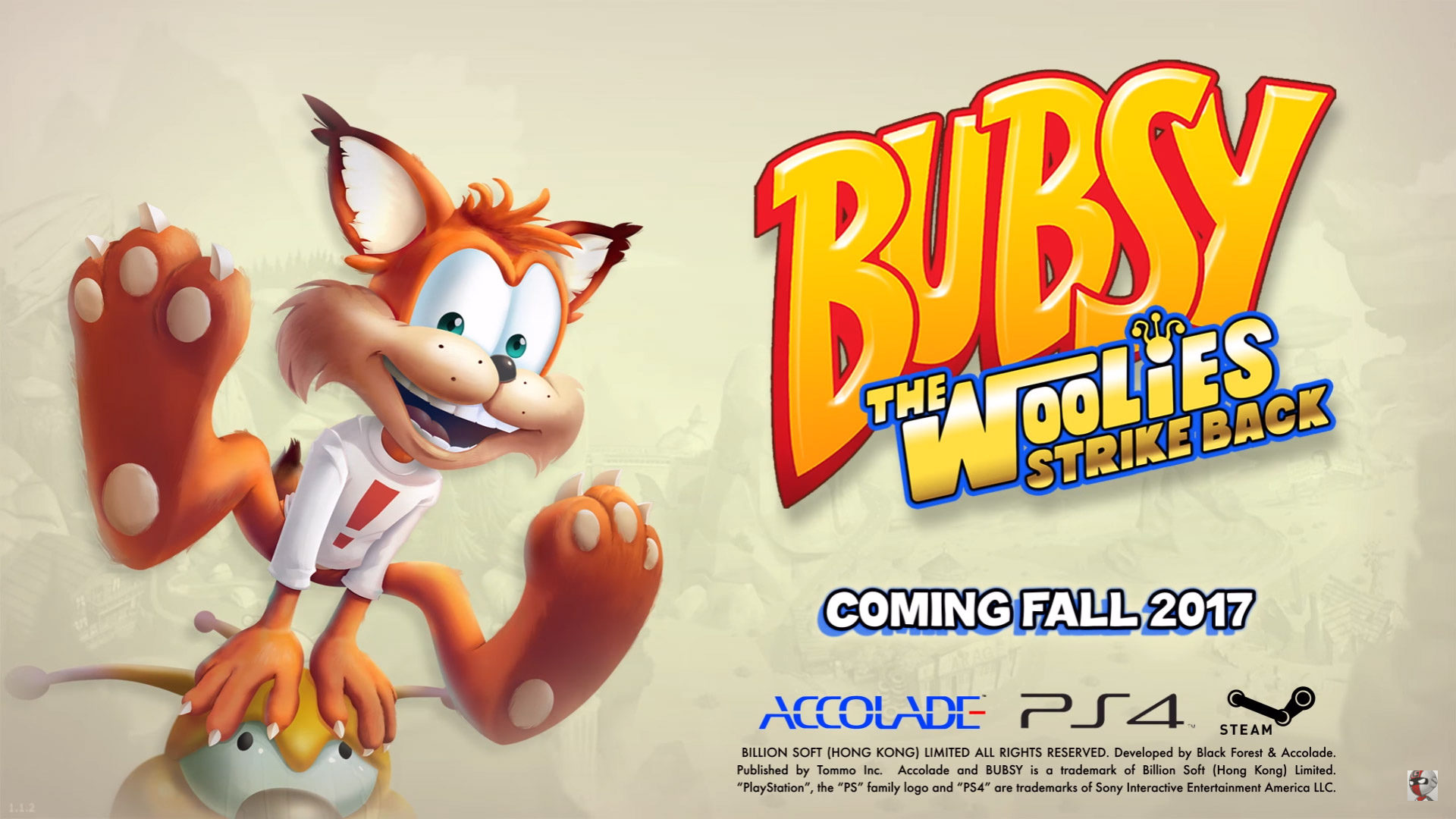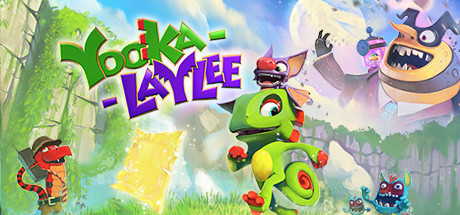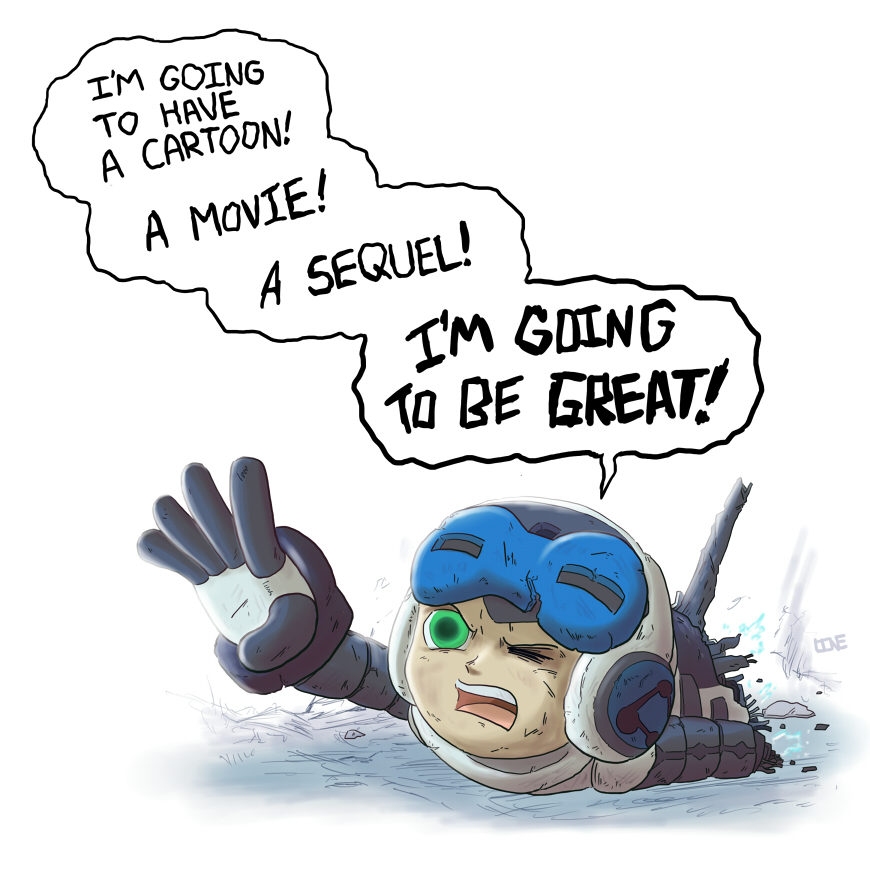Trending
Opinion: How will Project 2025 impact game developers?
The Heritage Foundation's manifesto for the possible next administration could do great harm to many, including large portions of the game development community.
A new entry in the Bubsy has been announced for release this September, and it's caused a question in the necessity of nostalgic design in games. Here's why the problem may actually lay in how nostalgia is presented.


Why, of all characters receive the revival treatment, Bubsy's getting it is well beyond me, I personally don’t have a problem this happens. At the very least, it can’t be as bad of the 16-bit variants, and two revival that I was skeptical about (DOOM and Crash Bandicoot) turned out to be rather outstanding, especially DOOM which was met with endless skepticism before release. But it did beg the question of if these old school revivals are mainly a means to siphon cash away from nostalgia blind consumers; a question that certainly warranted after Yooka-Laylee failed to live up to expectation. However, I’m not sure if one has anything to do with the other; the people who were really hankering for another Banjoo-Kazooie/Jak & Daxter style platformer was going to buy this if it was any good and not (point made), but that in of itself isn’t why the game sucks. The game sucks because it literally does nothing new with formula, some of us were expecting a little more than a bare-bones collect-a-thon, and the game feels old as opposed to timeless.

That’s the rub when nostalgia is added to the mix; nostalgia isn’t exactly accurate telling of the past. The is actually how Bubsy fell in infamy, to begin with; I never played it myself, but the game was the closest thing to Sonic the Hedgehog that SNES players were going to play unless they were as lucky as I was. I had both the SNES and Sega Genesis growing up. With that said, Sonic the Hedgehog wasn’t my go-to game on the Genesis; ToeJam & Earl 2 was. But that’s another story. Bubsy one of those games that gave adults players the “you really can’t go home again” feeling that wasn’t present in other titles that invoke nostalgia, like the aforementioned Sonic or even Crash Bandicoot. Check any recent review about Bubsy on YouTube to understand what I mean. But that has nothing to do with rather or not using nostalgia to design and sell games is a bad thing inherently. In fact, I’d say that it’s a great thing.
To begin with, the 8, 16, 32, and 64-bit eras of gaming were better; the games were varied in tone, styles, genres, and characters. The “golden era” is gaming was like the “golden era” of hip hop; there was just something for every kind of player, as opposed to today where the audience being catered to seems to be overcompensating male douche bags. There seems to be a bit of a golden era renaissance of sorts with games like Overwatch, Shovel Knight, Minecraft, and Horizon Zero Dawn proven to be successful in their own rights and proving that appealing to a wide audience equals a lucrative benefit. But, it probably wouldn’t have been that if it wasn’t for the rise of retro gaming in the last generation. It isn’t just about a nostalgia itch needing to be scratched (although that’s already well-spoken for throughout YouTube); it about understanding what makes those old games mentioned by name still feel good to play decades after its release. Play Super Mario Bros for about five minutes, the original DOOM, Sonic 2, Street Fighter II, any of the Zelda’s, Crash Bandicoot, Spyro the Dragon, Donkey Kong Country, Donkey Kong, Pac-Man, any 90s JRPG from Square. The trapping may not have aged well, but how those games feel and how fine tuned they are still hold up to day. A good game is defined by the things that they do well and how it resonates with its players, not the time period of which it came out.

But why do some of these revivals fail? Well, again, there’s a difference between a game that feels timeless and a game that feels old. And a game is automatically going to feel old if a reference is made to the games that they’re inspired by. Yooka-Laylee is Banjoo-Kazooie again or Donkey Kong 64, with all of the archaic design choices that come with it, including the frustrating camera, loose controls, and annoying grunts, made worse here since there’s real context to its use. Mighty No 9 is Mega Man again, complete with Mega Man’s pension of bottomless pits and even 8’s bogus voice acting. Compare that to Shovel Knight, which may be Mega Man in term of the rule of the game, but is about NES nostalgia in general; not just the one game. It takes some of the best games from the console, puts it in a blender and adds a few modern amenities while making it look better than anything that came out for the NES. And that’s nostalgia in a nutshell; an exaggeratedly positive account of the past that didn’t actually exist. Nostalgia is a happy place, which is why it’s so potent of a brew, to begin with.

But, nostalgia doesn’t have to be seen as a future being held back, but an appreciation gain in the design concepts that were once deemed obsolete. Now, with that in mind, there is a matter of using it well, and again, games like Yooka-Laylee and Mighty No 9 haven’t because the nostalgia of certain series is always hard to replicate, especially if it isn’t the actual IP that players are nostalgic for. That’s why Crash Bandicoot was successful in its N.Sane Trilogy; it’s still Crash Bandicoot, not Brash Koala or Koukie Honey Badger. Player’s fell in love with the characters, the atmosphere, and the worlds of those games, not the schematics. On the same subject, Shovel Knight is often seen as “its own thing” and that’s the point; it is its own thing, not a blatant rehash of an older series masquerading as a new IP. It’s inspired by older games but isn’t trying to be those games.
Of course, rebooting a series doesn’t hurt either.

DOOM (2016) has impressed audience and critic with its frantic and brutal take on first person combat, making it one of the freshest FPS experiences in years. And it’s not a new IP; DOOM has been a somewhat profitable brand for over two decades, at least until the third game turned out to be mediocre at best. Even Tomb Raider, which hasn’t been very consistent either, forgone trying to make the busty, somewhat sociopathic heroin work in 2013 while turning Lara Croft into someone a little more human, and turning the game into a tension-filled version of Uncharted, which was essentially Tomb Raider with a guy.

And there are other forms of nostalgia as well; the Super Smash Bros. games’ bread and butter (in the recent title at least) have been the schoolyard banter scenarios being played out in fighting game form; Mega Man vs Samus Aren, Cloud vs Link, Mario vs Sonic, King Koopa vs Ganon. Smash Bros is literally a nostalgic toy box under the guise of a party/fighting game. Street Fighter IV and Mortal Kombat 9 went against innovation to showcase two of the best fighting games in recent memory. The New Super Mario Bros. games and Retro studios’ revived Donkey Kong Country games have been consistently well-designed as well. Nostalgia has been a big part of gaming for a long time, but how its incorporated matters just as much as bringing certain characters, certain genres, and certain art styles back from the grave for the sake it.

I actually wish the best for Accolade in bringing Bubsy back, especially since the game looks good at least. Heck, the new Shaq Fu looks like fun too. Nothing should be dismissed because of the poor quality of the past. At the risk of sounding dismissive, bad games are bad because they’re bad. If this is the route that some developers want to take, the least they can do is make a good game out of it. The more things change, the more things stay the same, and there will always be a market for retro gaming, no matter how much other members of the gaming community despises it.
Nostalgia shouldn’t be a negative for a design choice that, more often than not, has more to do with budget constraints than an attempt to hold the medium back. And that’s saying a lot because Accolade is now own by Billionsoft, a Chinese holding company. Experimentation with older tech is actually inherently good; the lack graphical fidelity can cause developers and designers to stretch their imaginations more, with a new blood talent being more likely to make the next Crash Bandicoot, the next Banjo-Kazooie, or even the next Mega Man. We need to keep design choice as open as possible. What we don’t need is another old idea wearing a new hat, from indie or AAA. After all, there is a difference between something that feels timeless and something that feels old.
Read more about:
BlogsYou May Also Like